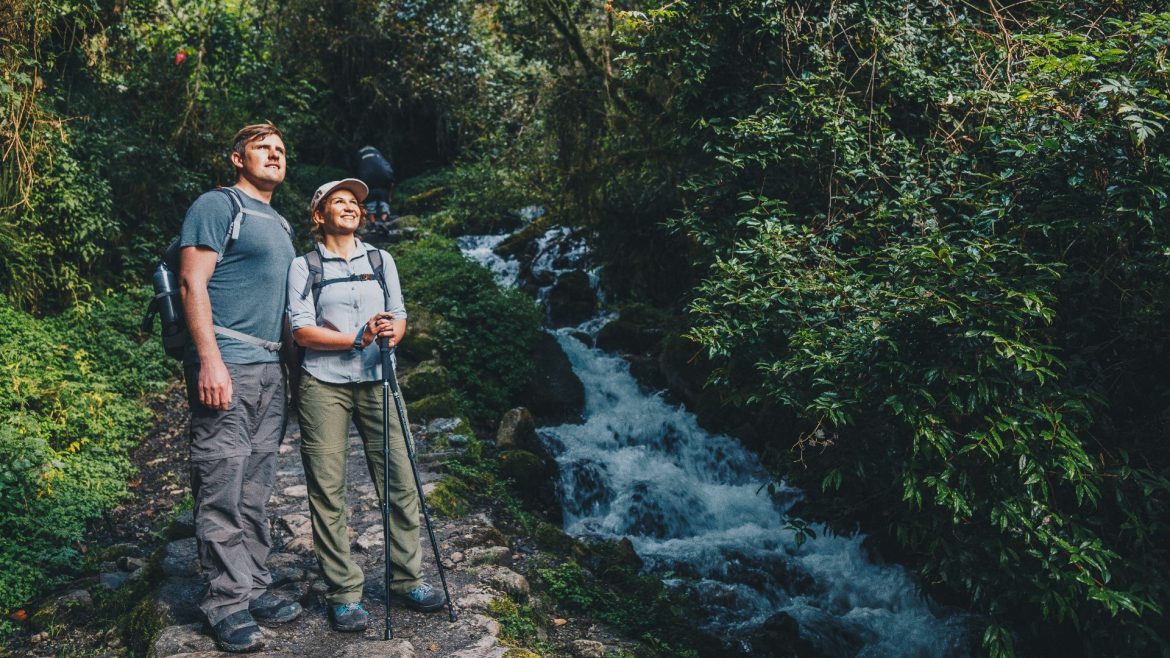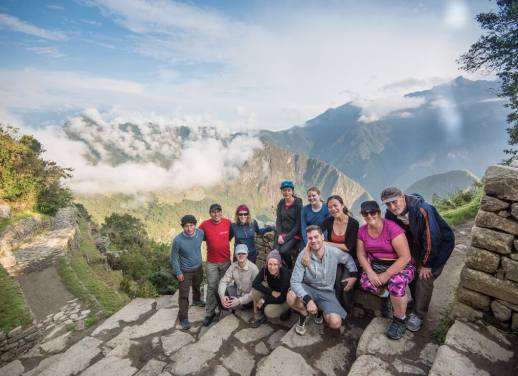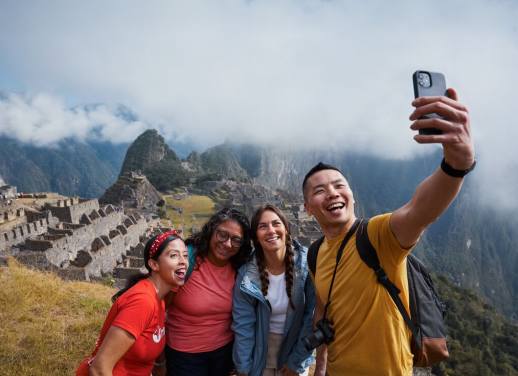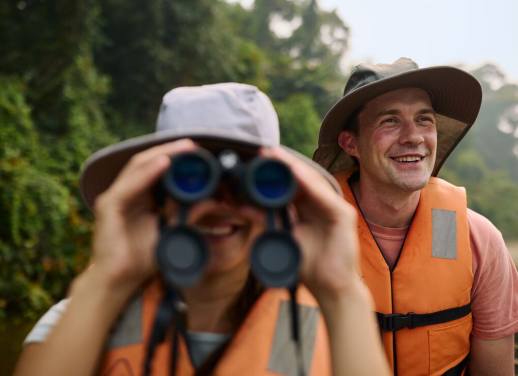Intrepid traveller Justin Meneguzzi sheds light on the things people often forget to tell you about Peru’s most famous trek.
Anyone who’s completed the Inca Trail will tell you about that unforgettable moment when you reach the Sun Gate and first clap eyes on Machu Picchu. While this is definitely the highlight, there’s a whole lot of stuff people somehow never get around to telling you.
This article isn’t meant to scare or deter you, but instead give you the information to plan ahead and make the most of this unforgettable trek. As they say, forewarned is forearmed.
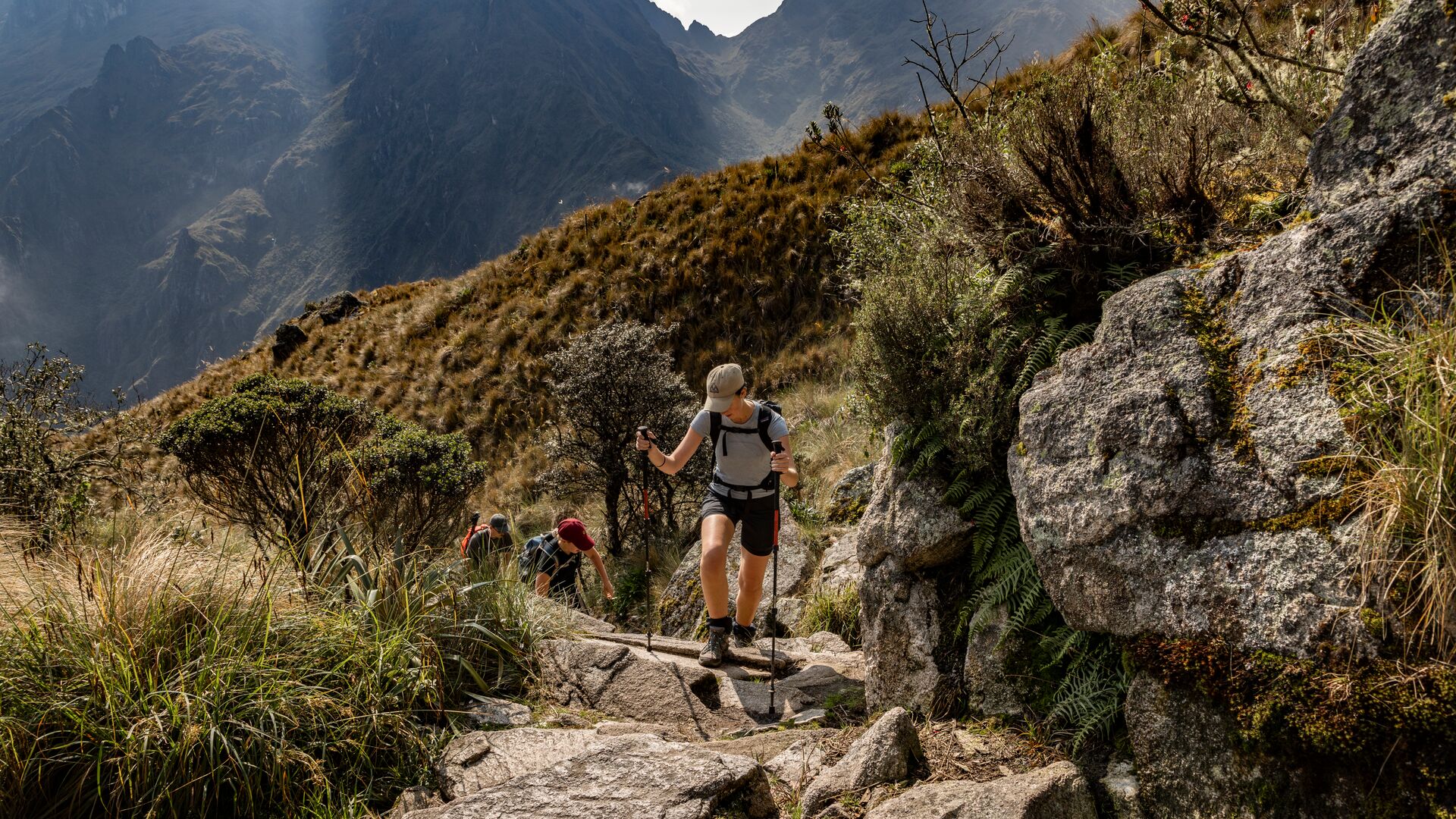
1. Dead Woman’s Pass is even steeper on the way down
Oh, the dreaded Dead Woman’s Pass. Everyone will tell you about the knee-busting effort to climb this infamous summit. At 4215 metres, it’s the highest point of the Inca Trail and nearly 1800 metres higher than Machu Picchu. And while you should definitely celebrate when you summit the pass, everyone forgets that what goes up must come down.
The way down is much steeper, so it’s important to watch your footing or else you may be in for a less-than-spectacular tumble. The best strategy is to use the time at the summit to catch your breath (you’ll feel the altitude), clear your head and then descend using walking poles. You can get these from Cusco before the trek. It takes roughly an hour to descend, but after this, you’ll be back on a fairly steady path.
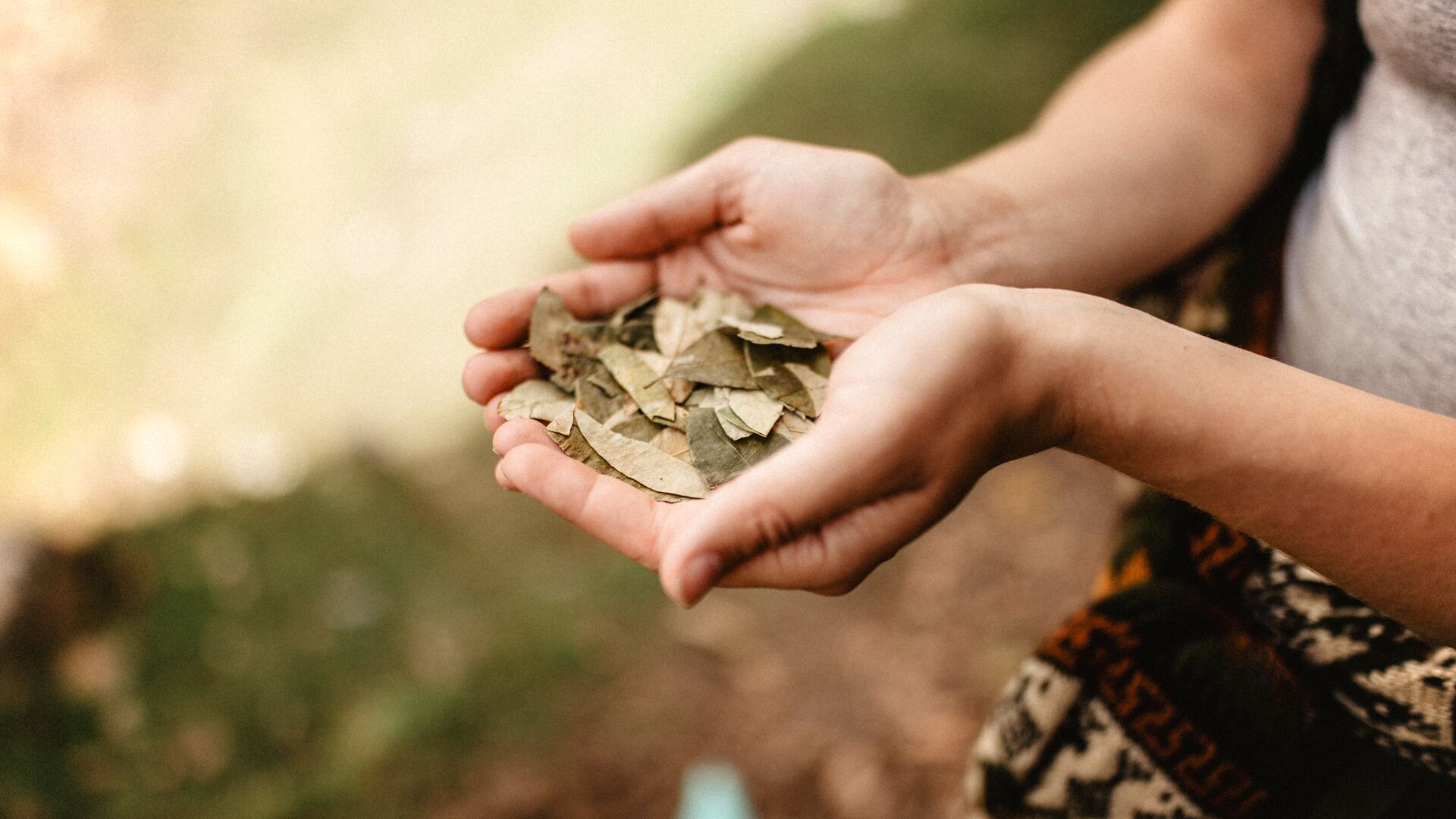
2. Chewing coca is an art form
The coca leaf has been a natural medicine in the Andes for centuries. When chewed, the plant acts as a mild stimulant and can relieve hunger, thirst, fatigue and some symptoms of altitude sickness. The traditional method of chewing coca involves keeping a saliva-soaked ball of leaves in your mouth, combined with an alkaline substance (similar to ash) that helps extract the nutrients.
Much like an Andean version of gum, there are friendly competitions between trekkers to see who can chew the biggest ball of coca leaves. Keep an eye out and you’ll usually see what looks like large gobstoppers lodged in porters’ cheeks while they’re walking. However, for the uninitiated, sometimes drinking it as tea is easier and just as effective.
Read more: 9 facts you might not know about Machu Picchu
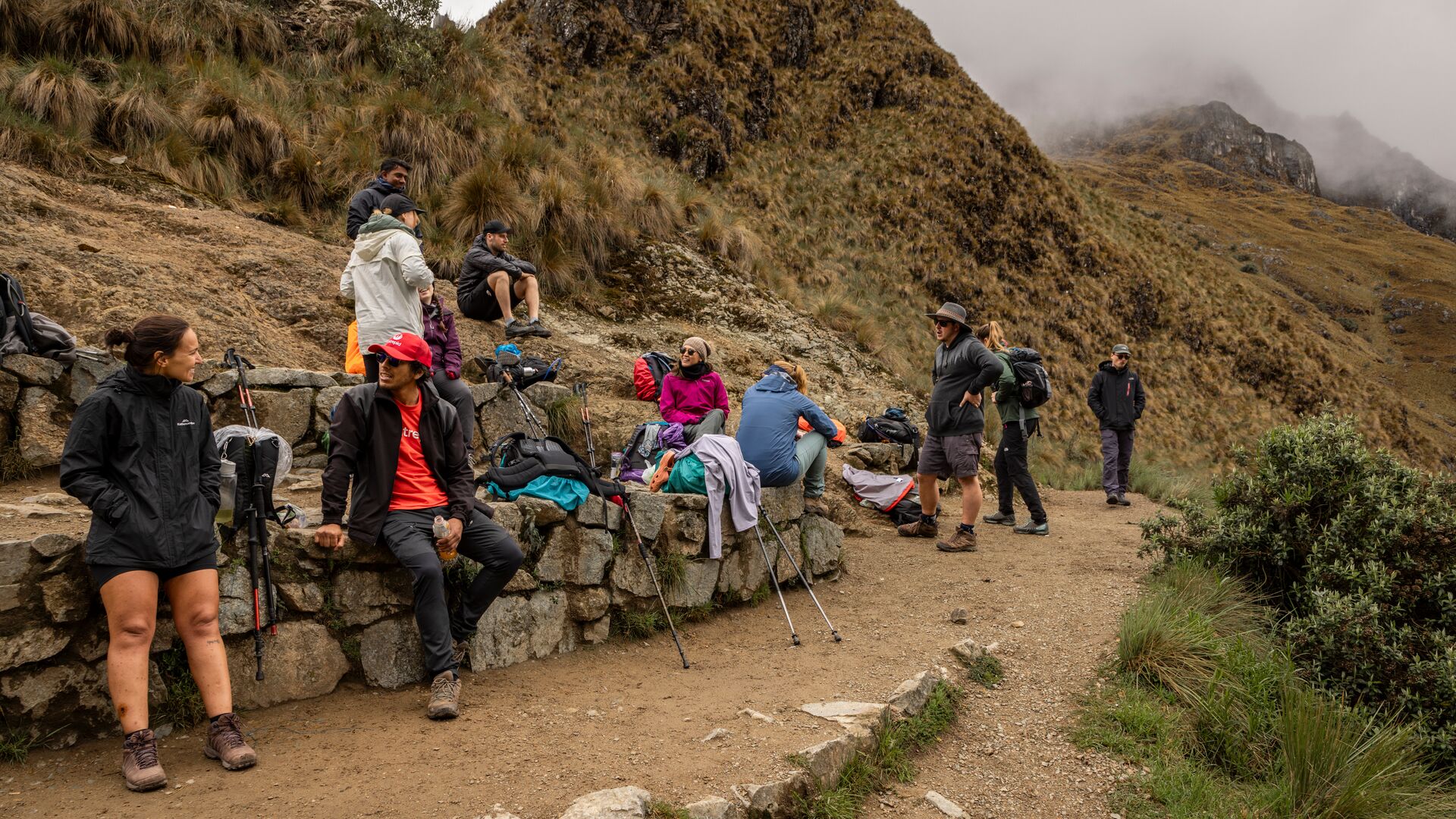
3. Don’t underestimate altitude sickness
Like seasickness, altitude sickness can make you feel dizzy, tired and nauseous. The difference is it can be fatal, if untreated. Many travellers experience mild symptoms after arriving in Cusco, but these usually subside after about 24 hours.
The Inca Trail’s lofty ascents and descents can put a lot of strain on your body, so it’s important to tune into how you’re feeling and not push yourself too hard. I’ll never forget passing one unfortunate trekker who was being carried by his porter. He was struck down with extreme dizziness, bouts of unconsciousness and diarrhea. I doubt he remembers the trail for the views.
While the previously mentioned coca-leaf tea is praised for minimising symptoms, it’s best to consult your doctor before your trip to discuss using altitude sickness tablets. You might not need to use them, but it’s better to be prepared. Keeping very well hydrated is also a well-known foil for the onset of symptoms.
Read more: What is altitude sickness?
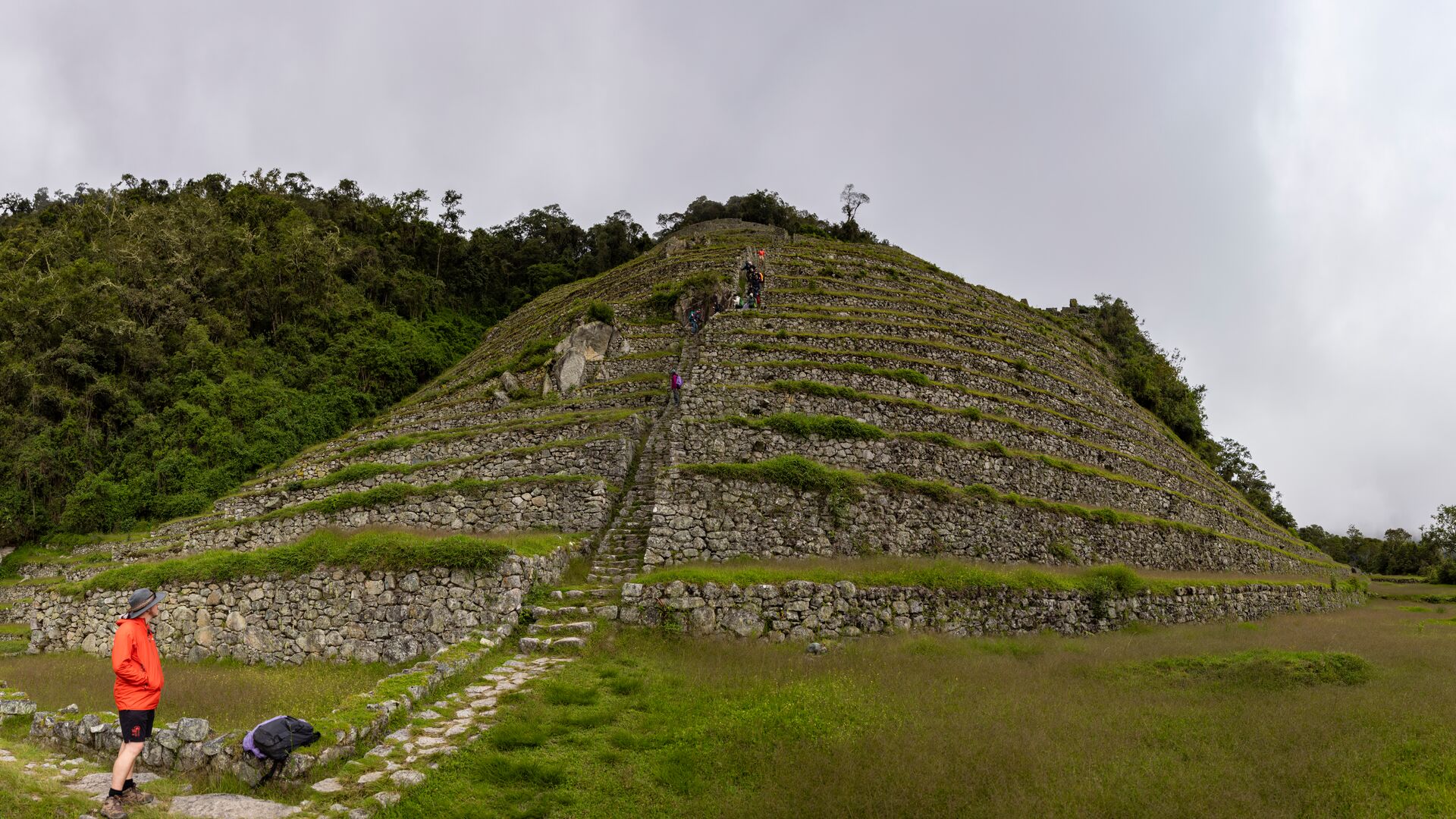
4. You’ll see plenty of bonus ruins along the way
Everyone who signs up for the Inca Trail knows what waits at the end of the road, but the other Inca ruins along the route are pretty special too. The trail winds past six major ruins – and plenty of smaller ones – including the intricate mountainside terraces of Patallacta (Llactapata), the ancient village of Sayacmarca that sits on a cliff edge and the former spiritual hub of Winay Wayna, complete with water fountains, towers and houses.
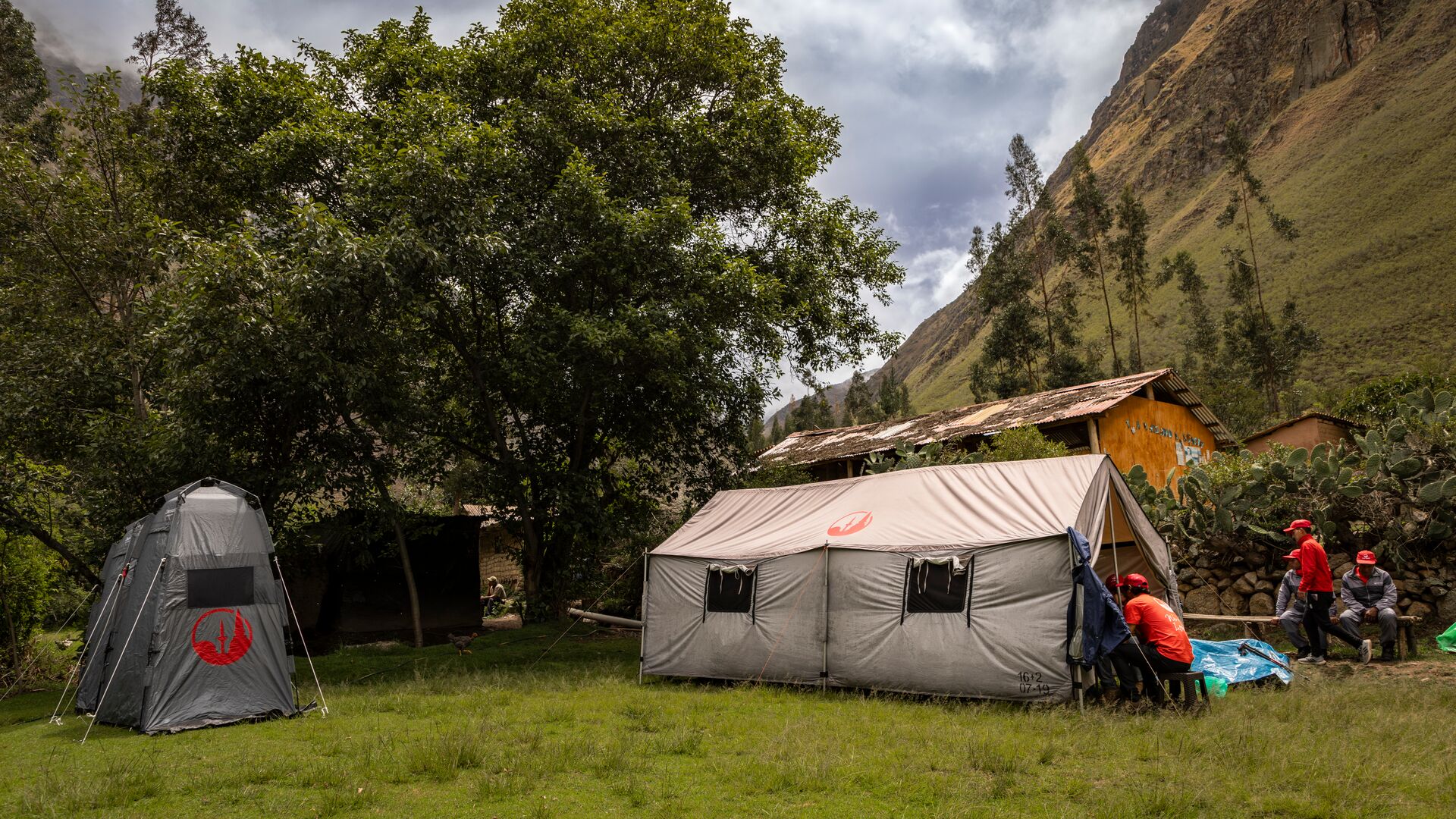
5. There will be squat toilets
You might’ve already used squat toilets in South America, but the difference between your standard squat toilet and those in the high Andes is the lack of routine cleaning. Understandably, janitors don’t go out of their way to trek 50 kilometres to clean them, which means they’re a bit smelly and aren’t stocked with toilet paper. Make sure you carry a roll of your own and a bottle of hand sanitiser in your day bag.
The good news is that Intrepid‘s trekking crew sets up a tent with a portable chemical toilet at each camp, which makes those night-time loo runs much easier. Just don’t forget a head-torch for night-time.
Read more: Everything you need to know about Inca Trail trekking permits
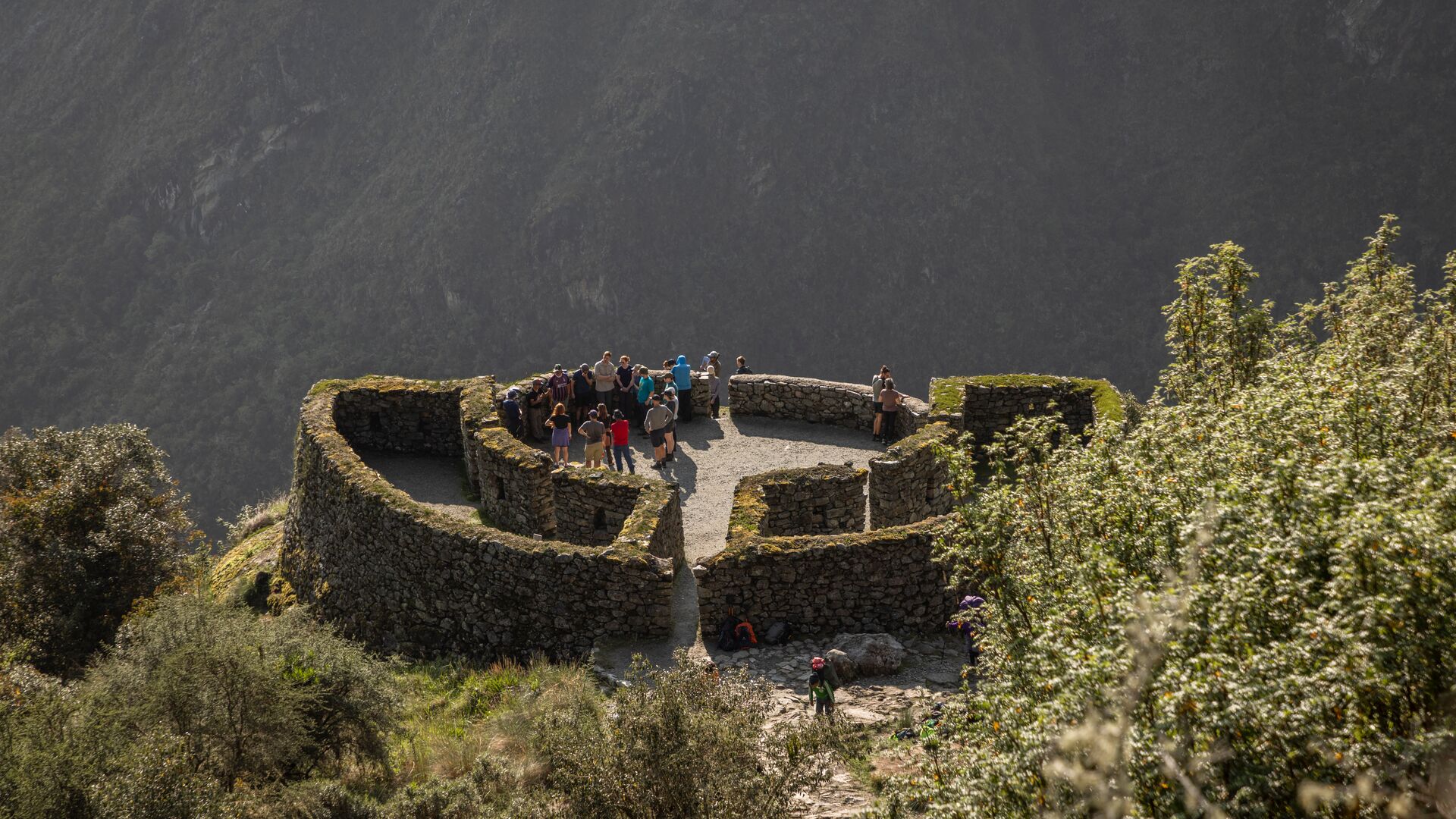
6. Keep your wits about you
Tens of thousands of trekkers take on the Inca Trail every year, but that doesn’t mean it’s a breeze. On the final day, you’ll wake at around 4am to complete the final kilometres to the Sun Gate in time for sunrise. This early in the morning, bleary-eyed trekkers cross a narrow section beside a cliff that plunges into the valley floor. The path is usually clear, but sometimes it’s marked with orange tape (an indication that someone has recently fallen). Remember to stay focused and don’t get distracted trying to take pictures.
7. Put the camera down and just enjoy it
That final early morning hike brings you to Inti Punku, better known as the Sun Gate, the historic entrance to Machu Picchu. Weather depending, you’ll be welcomed with a clear sky and watch Machu Picchu slowly reveal itself in the morning light.
It’s a reward reserved only for those who complete the trail, as visitors who arrive by train must wait until after sunrise for services to begin. This exclusivity means it’s relatively quiet, so yes, take plenty of photos, but don’t forget to really soak in this special moment.
Ready to tackle the Inca Trail? Book a spot on one of Intrepid’s Machu Picchu treks.
This article was originally published in January 2018.

